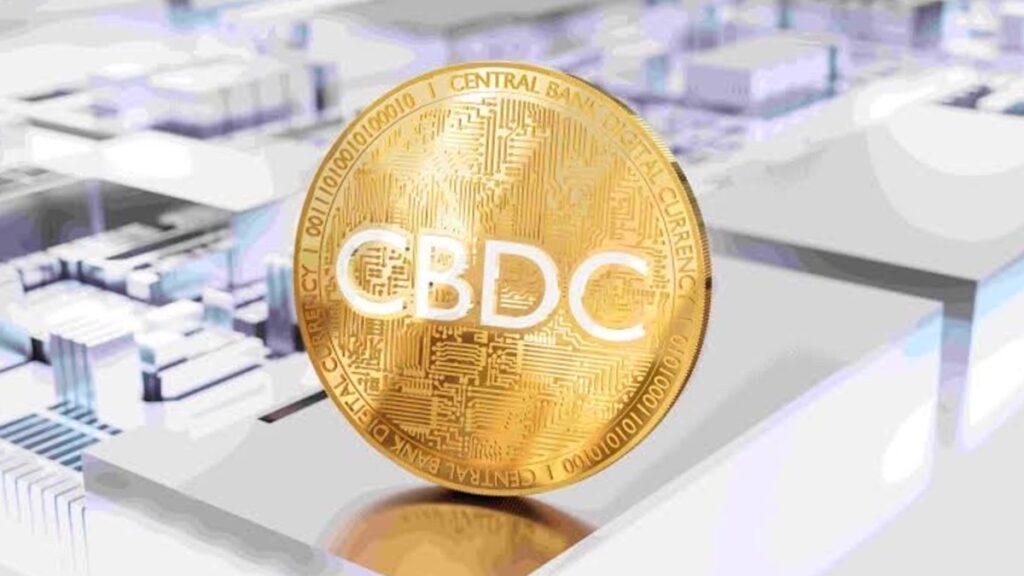The Bank of England intends to conduct several trials to determine how distributed ledger technology and wholesale CBDCs will affect the changing payments market.

In a discussion paper published on July 30, Governor Andrew Bailey stated that the Bank of England’s wholesale central bank digital currency seeks to address the quick advances in money and payment technologies.
The study, “The Bank of England’s approach to innovation in money and payments,” highlights the “opportunities and risks” presented by innovations in money and payments, such as distributed ledger technology and tokenization.Bailey noted:
“Innovations in money and payments are therefore inseparable from the goals we seek to achieve as central banks. […] Understanding these innovations, preparing for them, and supporting their adoption in a safe manner, are core to our goals”
In contrast to CBDCs sold to the general public, wholesale CBDCs are digital representations of national currency that are meant only for use by financial institutions.
These digital currencies enhance the speed and security of large-scale transactions and settlements, which simplify transactions between banks and other financial institutions.
The central bank notes a “challenge in interoperability,” which means that various jurisdictions might develop new systems that “cannot interact effectively.”
The regulator hopes to solve this by creating a “synchronization interface,” a mechanism that would enable the cash leg of a transaction to occur on the real-time gross settlement platform while transferring an asset from one party to another on an external platform.
The Bank of England intends to evaluate different use cases, functionalities, and designs for wholesale CBDCs and their synchronization to remain competitive in the global central banking market.
Although the exact dates of these trials are unknown, the bank is seeking public input on its suggested methodology; comments must be submitted by the end of October.
Only 12% of respondents to a June report by the Bank for International Settlements stated that they planned to issue retail versions of CBDCs in the medium future, even though most central banks globally avoid doing so.
According to the BIS report, there is a greater chance that wholesale CBDCs will be issued in the next six years, and nine of these currencies might be in use “by the end of this decade.”
